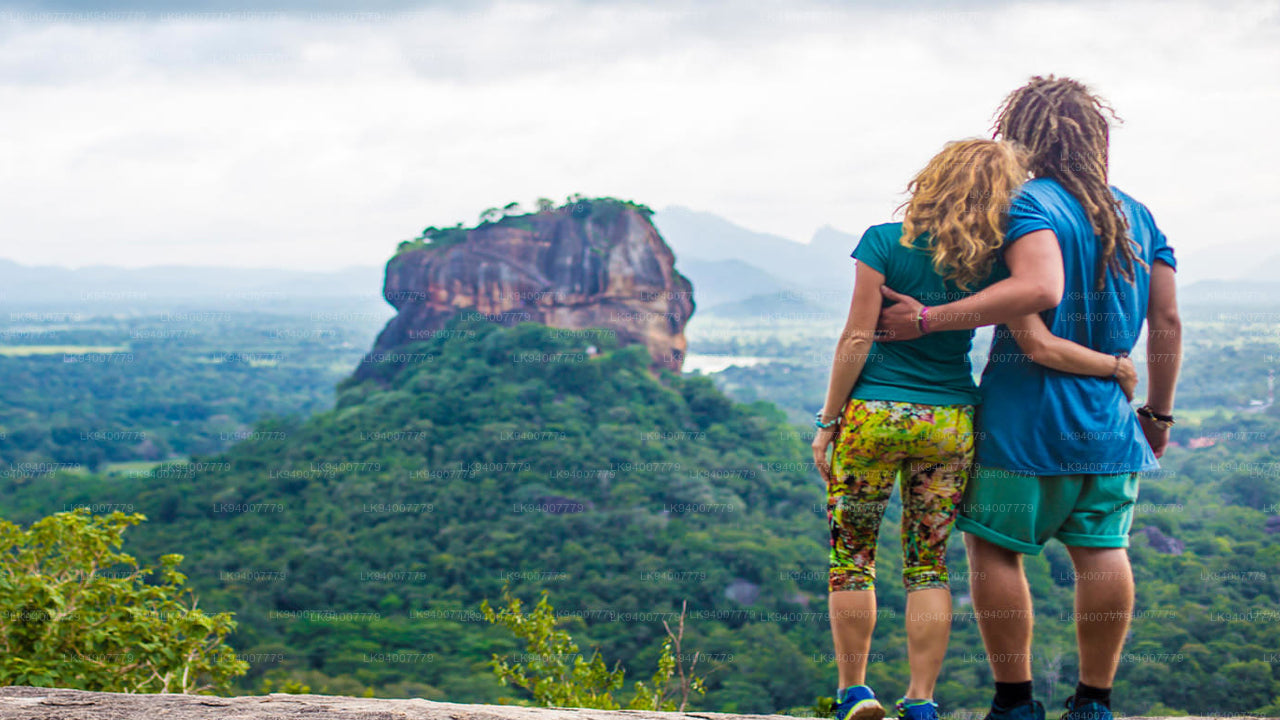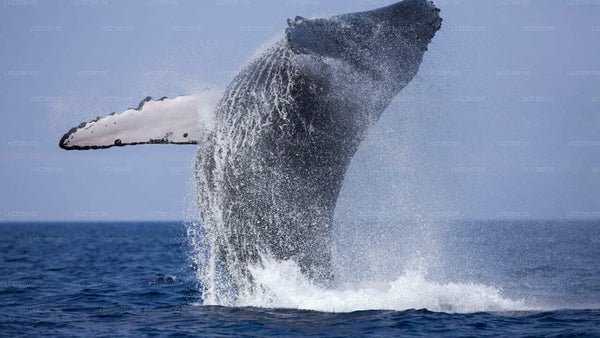
Balapitiya City
Balapitiya: Coastal town in Sri Lanka with scenic beaches, mangrove-lined rivers, and opportunities for boat safaris to explore the rich biodiversity.
Madu River
In the Southern region of Sri Lanka lies the Galle district. Balapitiya is a little town in the district and would be quite unimportant; except for the location of a river. The Madu River is very rich in biodiversity. It passes through the wet zone of Sri Lanka opening up into the large Madu Lagoon on its way to the Indian Ocean.
The Mangroves and their Ecology – Facts
- The Madu River area surrounding the river are all swampy marshlands covered in mangrove forests.
- The forest covers over 61 hectares, that is over 150 acres. 14 of the 24 species of mangroves are found in this area.
- It is interesting to note that mangroves play a huge part in preventing erosion.
- The value of the mangroves was understood in December 2004, during the devastating tsunami, when forest acted as a natural barrier protecting the region.
- The large growths of mangrove trees have caused a chain of ecological gain. The soil protected by the mangrove trees is very fertile. This has caused a rich growth of other wetland plants.
- Over 300 species, 19 of which are endemic, have been discovered so far.
- The region continues to be a treasure trove to biologists and ecologists with many undiscovered species in the unreachable depths of the mangrove forests.
- The plantlife in turn have supported a large number of wildlife that depends on them.
- The largest animal in the region is the wild boar. There are other smaller animals such as monkeys, a variety of squirrels, etc.
- When it comes to birds, cormorants and kingfishers are a common sight. For avid bird watchers, the mangrove forests are a dream coming true. There are over 111 bird species identified to inhabit the region.
- There are 31 types of reptiles, namely snakes, lizards, and crocodiles.
- There are also over 50 kinds of butterflies and 25 kinds of mollusks found in the Madu River zone.
Situated about 80 km South of the busy commercial hub of Colombo in the fishing town of Balapitiya, the Madu River or locally referred to as the Madu Ganga is a hidden natural treasure in the Southwest coastal area of Sri Lanka. The river flows gracefully through dense mangrove forests before widening into a lake forming a wetland that is home to an estuary with many islets that is part of a large and complex coastal ecosystem. The biodiversity significance of this area is known among many nature lovers while the mangroves are home to varied amounts of flora and fauna. Due to this reason, the Madu River has been listed under the International Ramsar Convention which is an International Treaty for the conservation and sustainable use of wetlands (Ramsar Sites).
Mangroves plays a huge role in preventing soil erosion while the Madu Ganga wetlands covers an area of over 61 hect
【Text by Lakpura™. Images by Google, copyright(s) reserved by original authors.】
About Galle District
Galle is a city situated on the southwestern tip of Sri Lanka, 119 km from Colombo. Galle is the best example of a fortified city built by Europeans in south and Southeast Asia, showing the interaction between European architectural styles and south Asian traditions. The Galle fort is a world heritage site and the largest remaining fortress in Asia built by European occupiers.
Galle is the best example of a fortified city built by Europeans in south and Southeast Asia, showing the interaction between European architectural styles and south Asian traditions. The Galle fort is a world heritage site and the largest remaining fortress in Asia built by European occupiers.
Galle is a sizeable town, by Sri Lankan standards, and has a population of 91,000, the majority of whom are of Sinhalese ethnicity. There is also a large Sri Lankan Moor minority, particularly in the fort area, which descend from Arab merchants that settled in the ancient port of Galle.
About Southern Province
The Southern Province of Sri Lanka is a small geographic area consisting of the districts of Galle, Matara and Hambantota. Subsistence farming and fishing is the main source of income for the vast majority of the people of this region.
Important landmarks of the Southern Province include the wildlife sanctuaries of the Yala and Udawalawe National Parks, the holy city of Kataragama, and the ancient cities of Tissamaharama, Kirinda and Galle. (Although Galle is an ancient city, almost nothing survives from before the Portuguese invasion.) During the Portuguese period there were two famous Sinhalese poets called Andare who was from Dickwella and Gajaman Nona who was from Denipitiya in Matara District, composing poems on common man.














